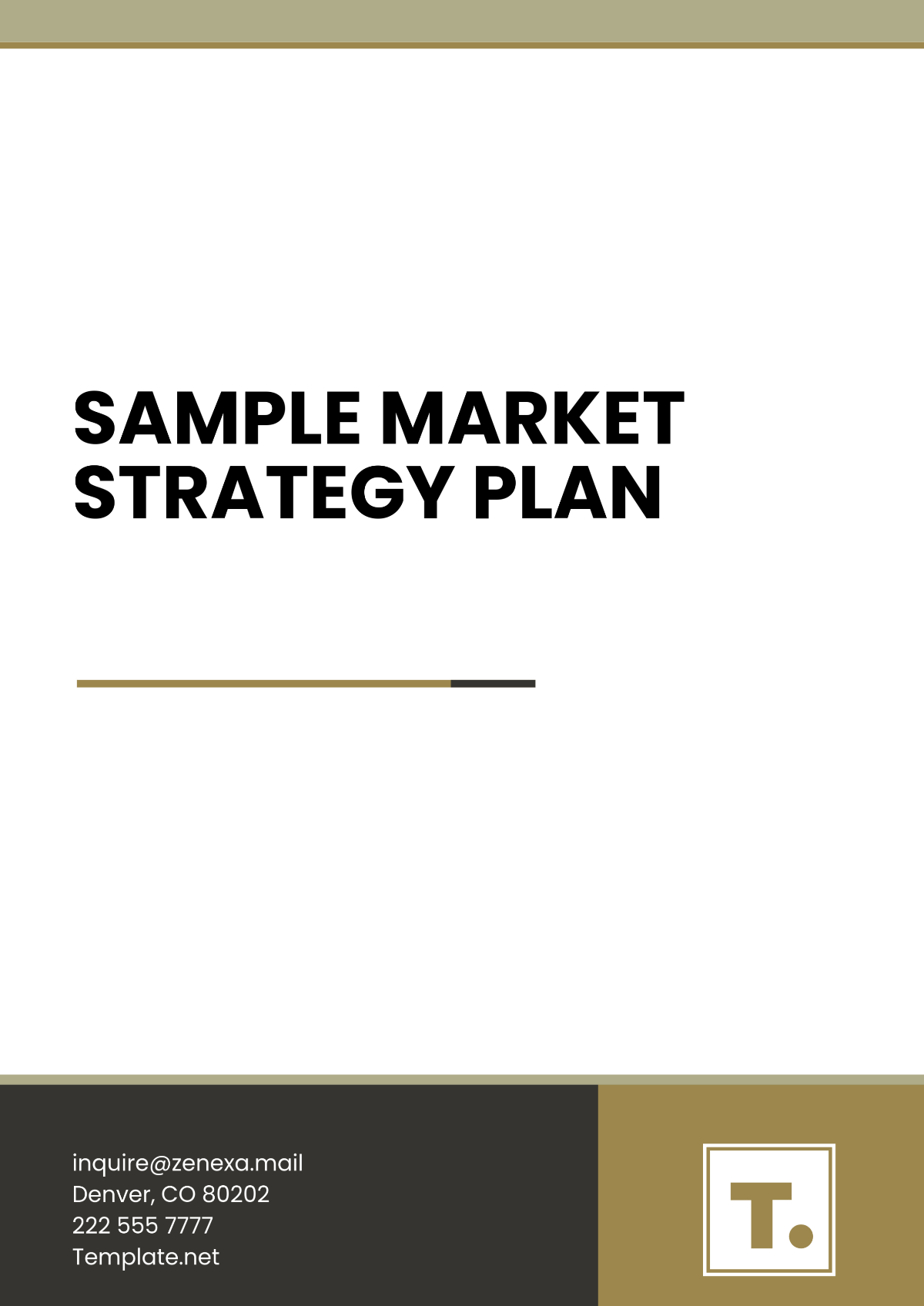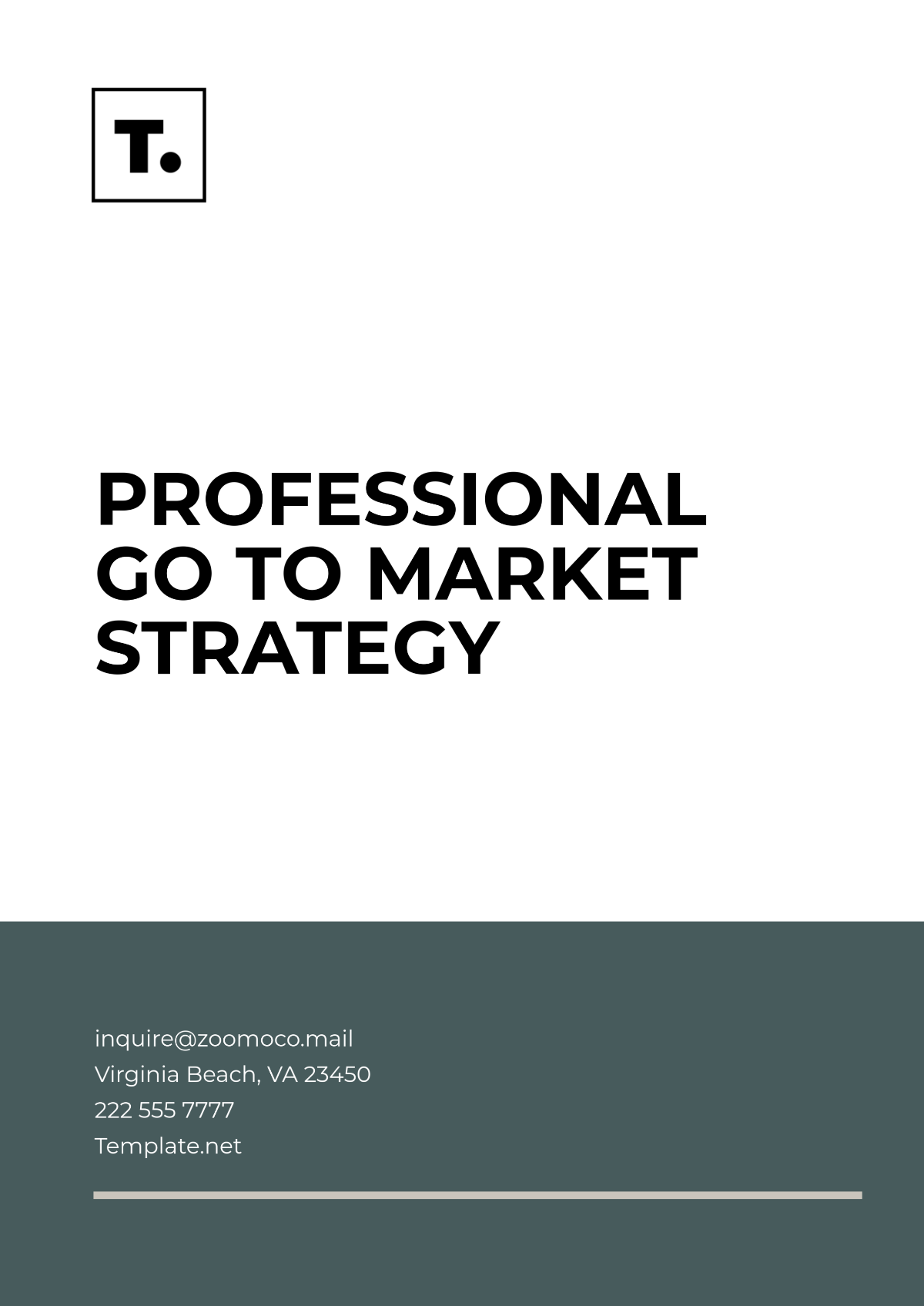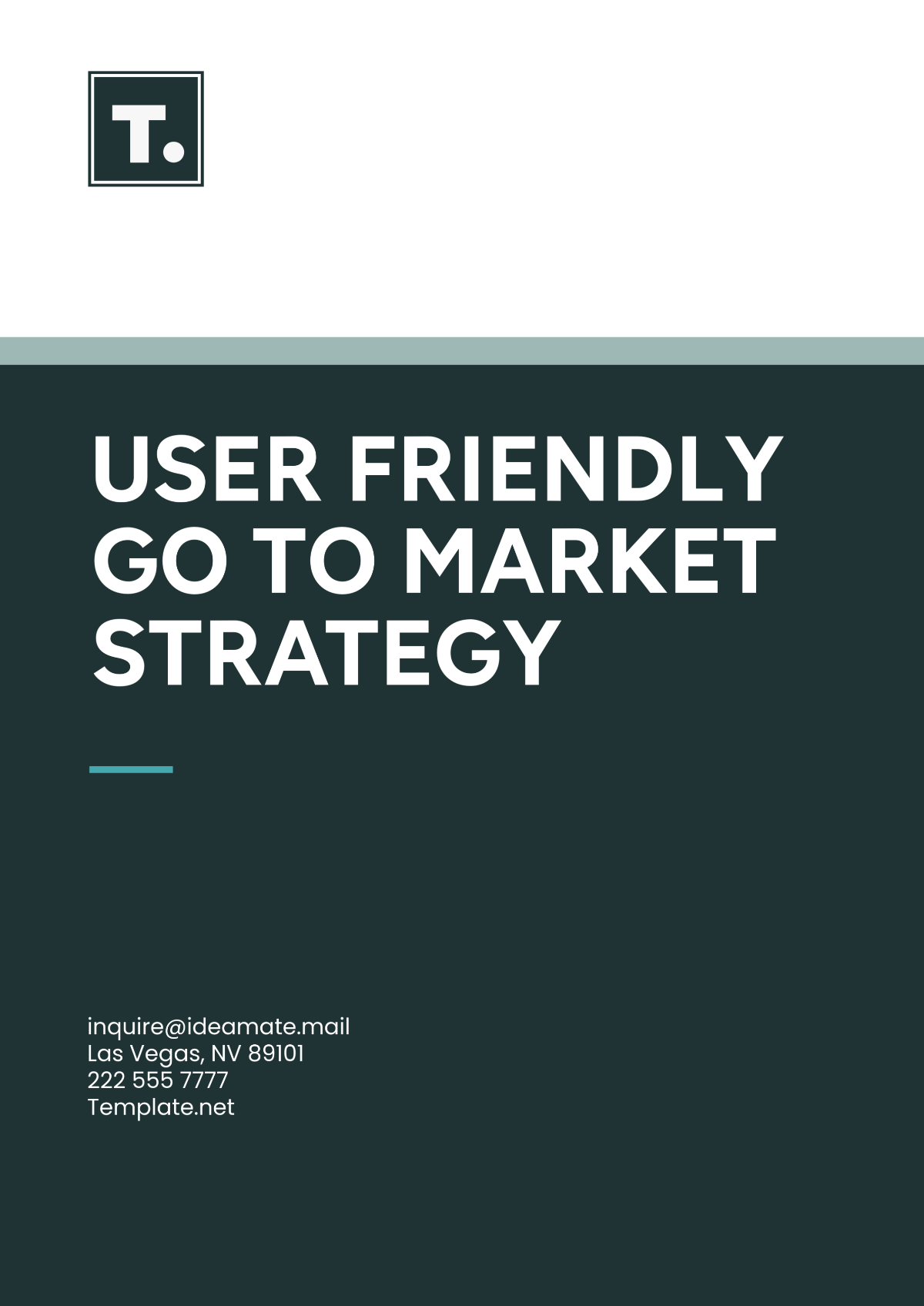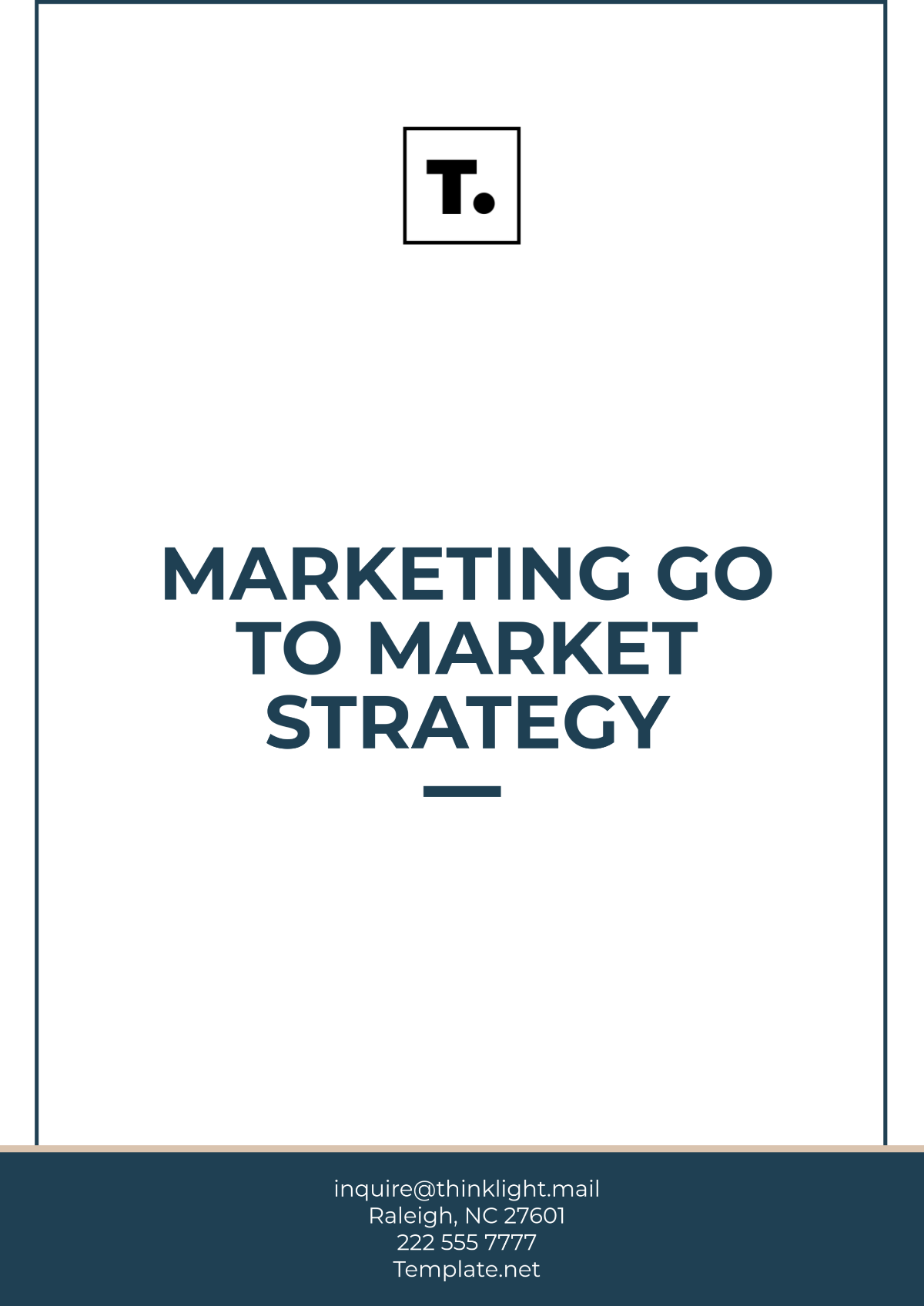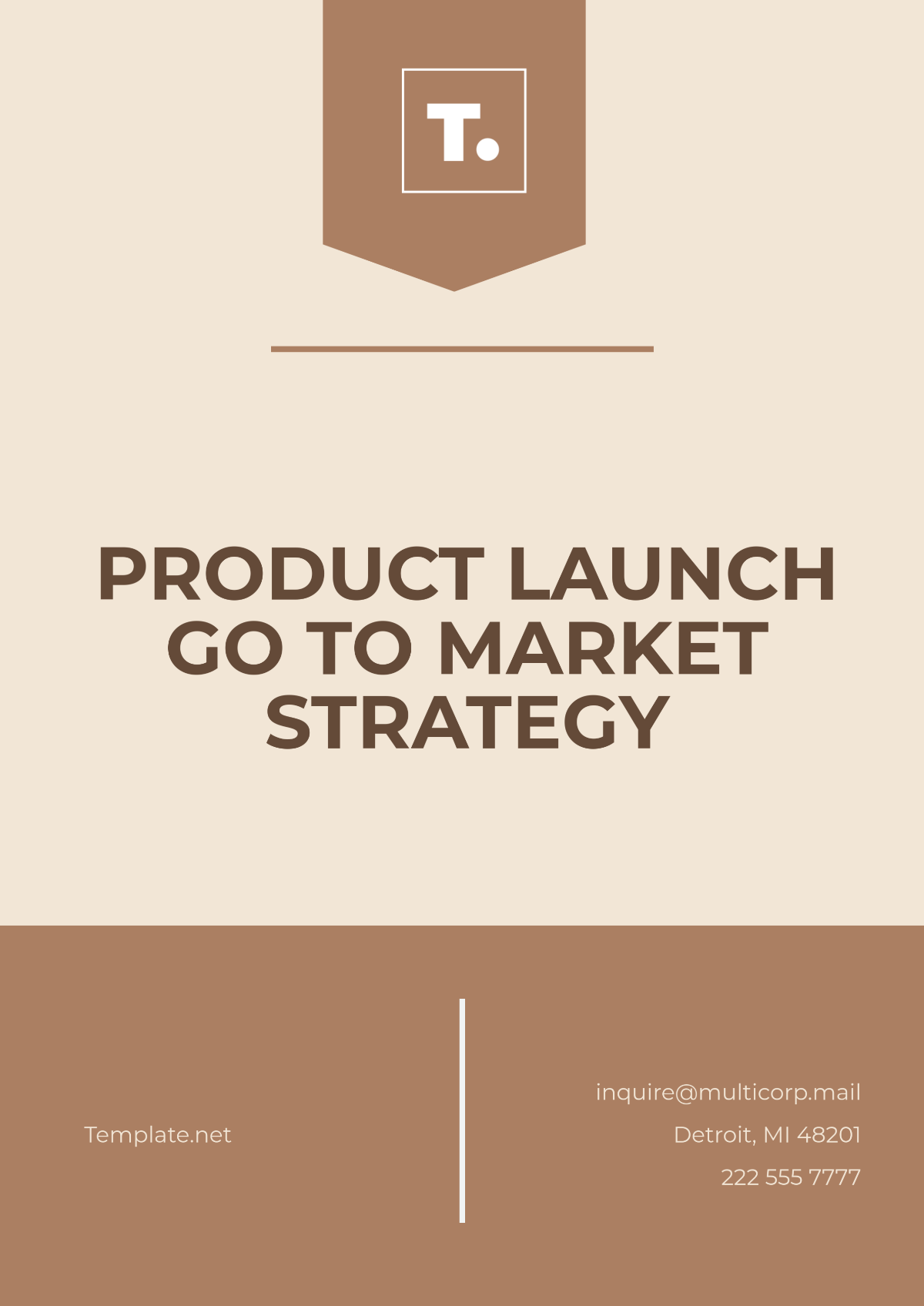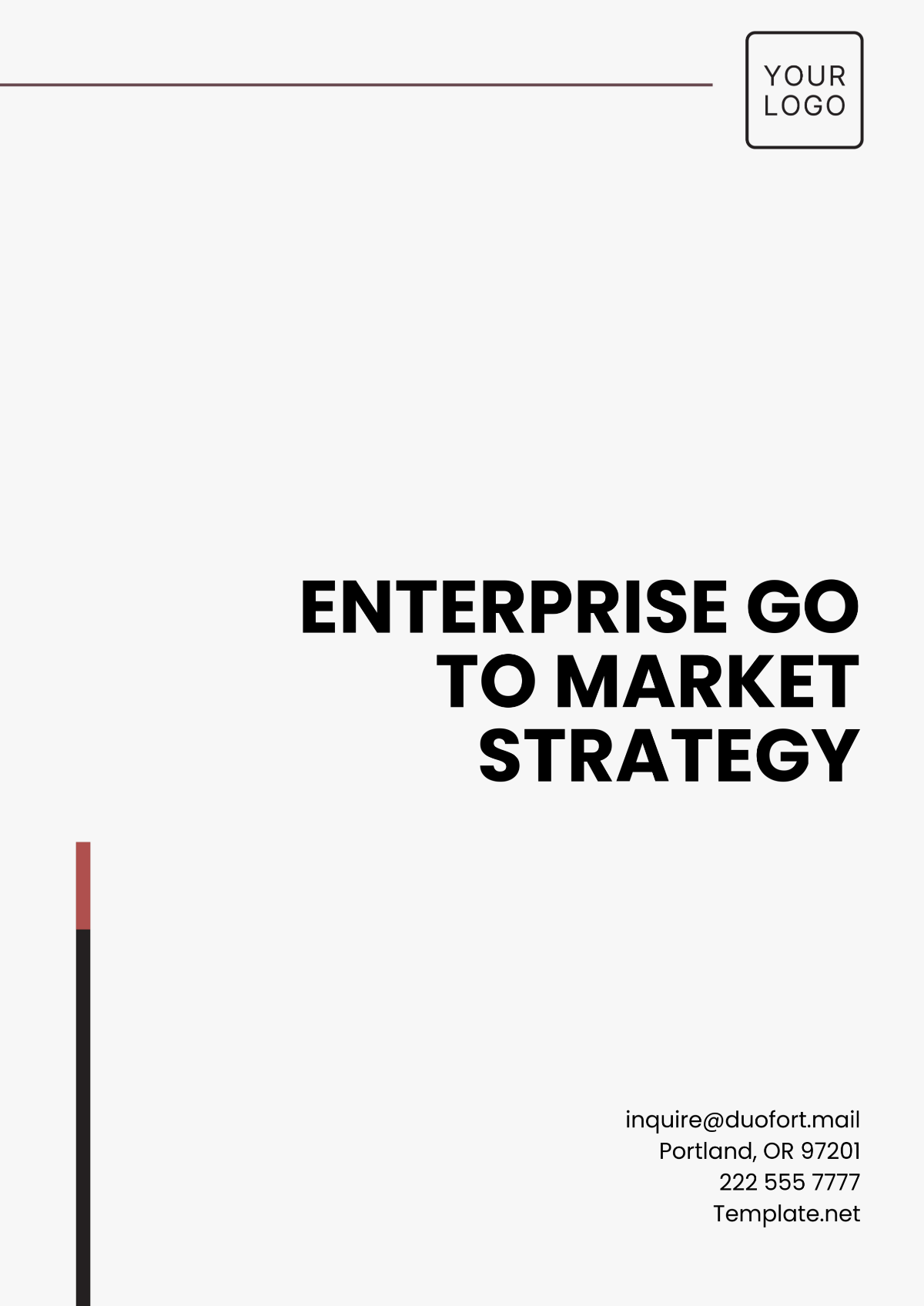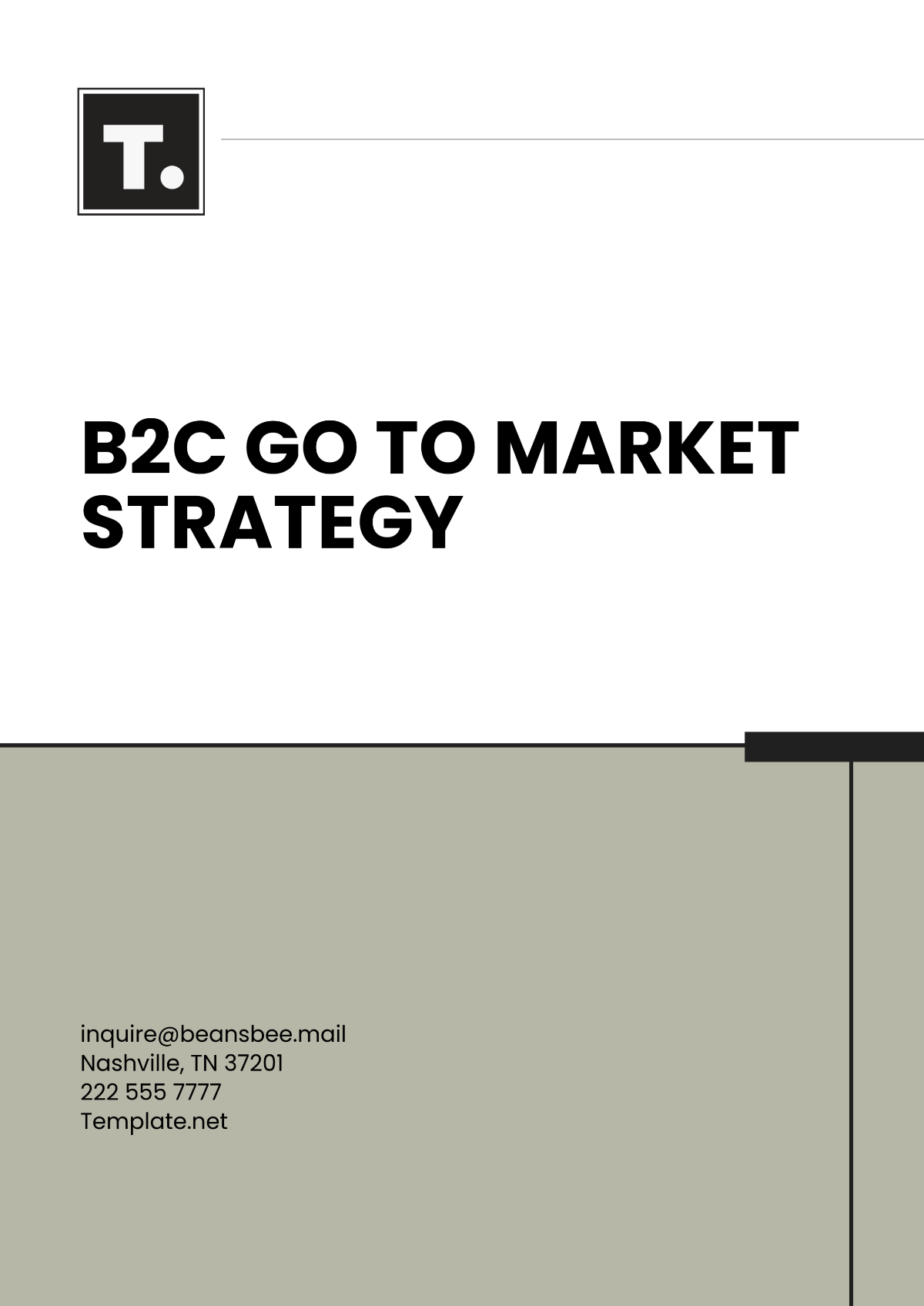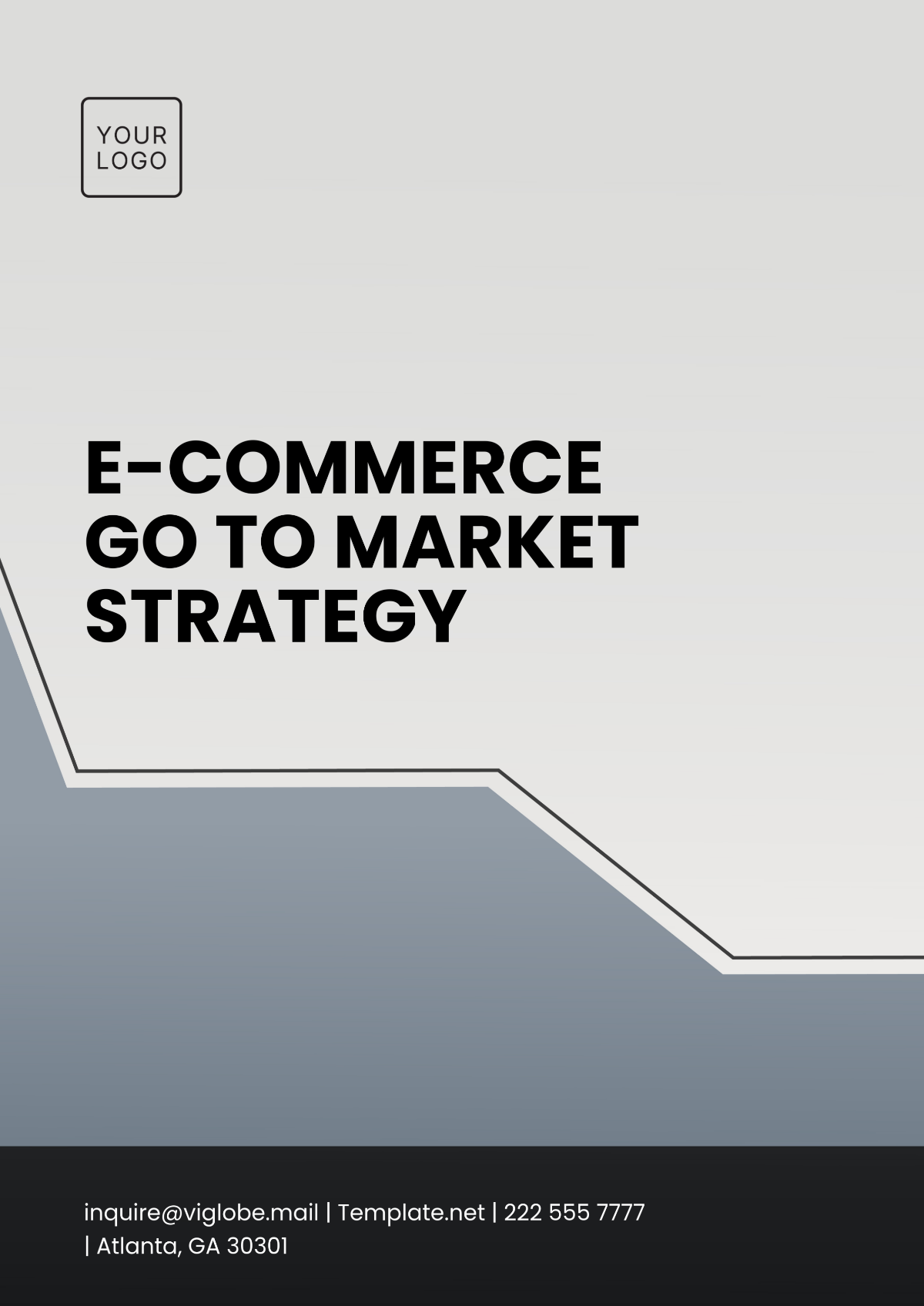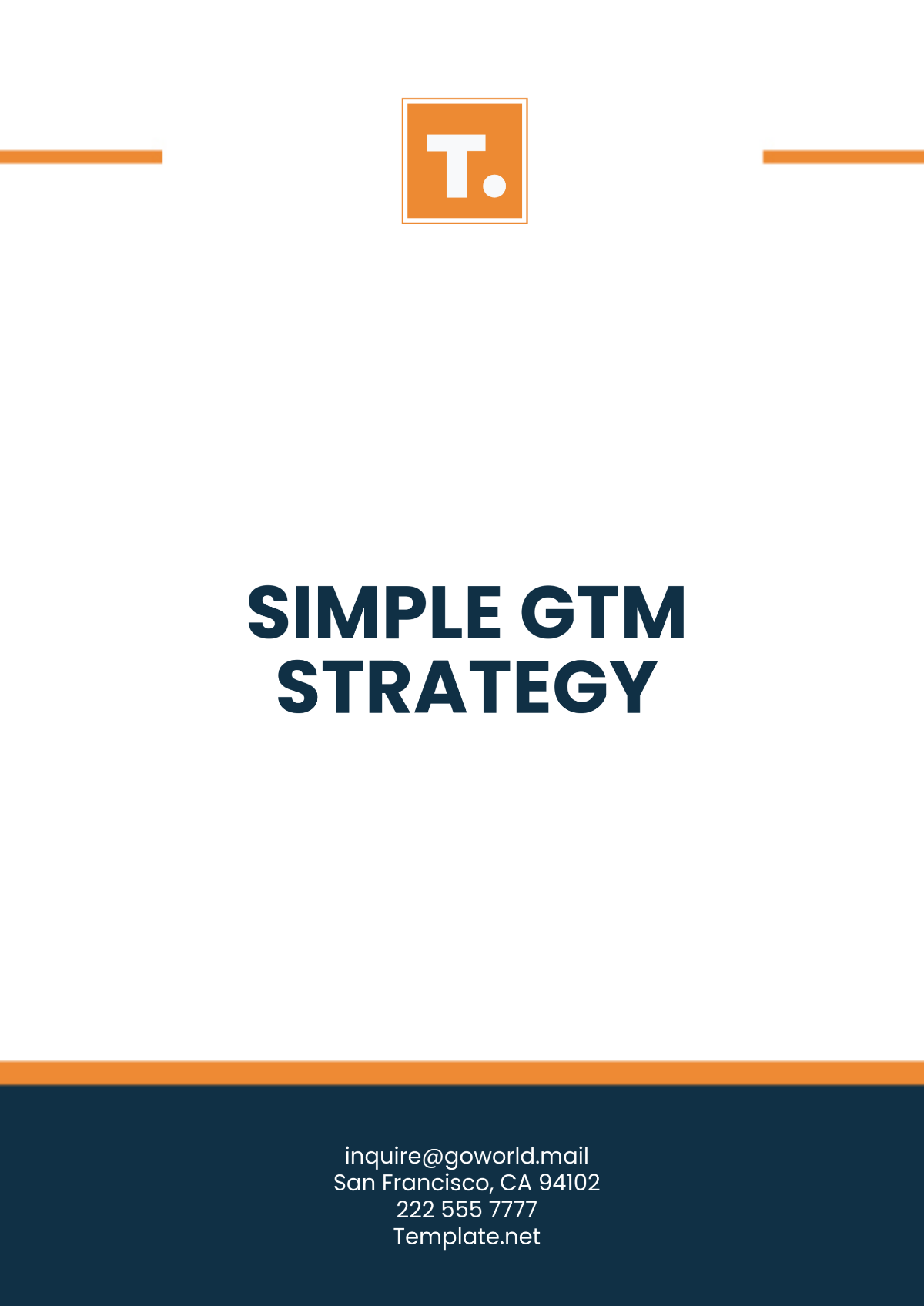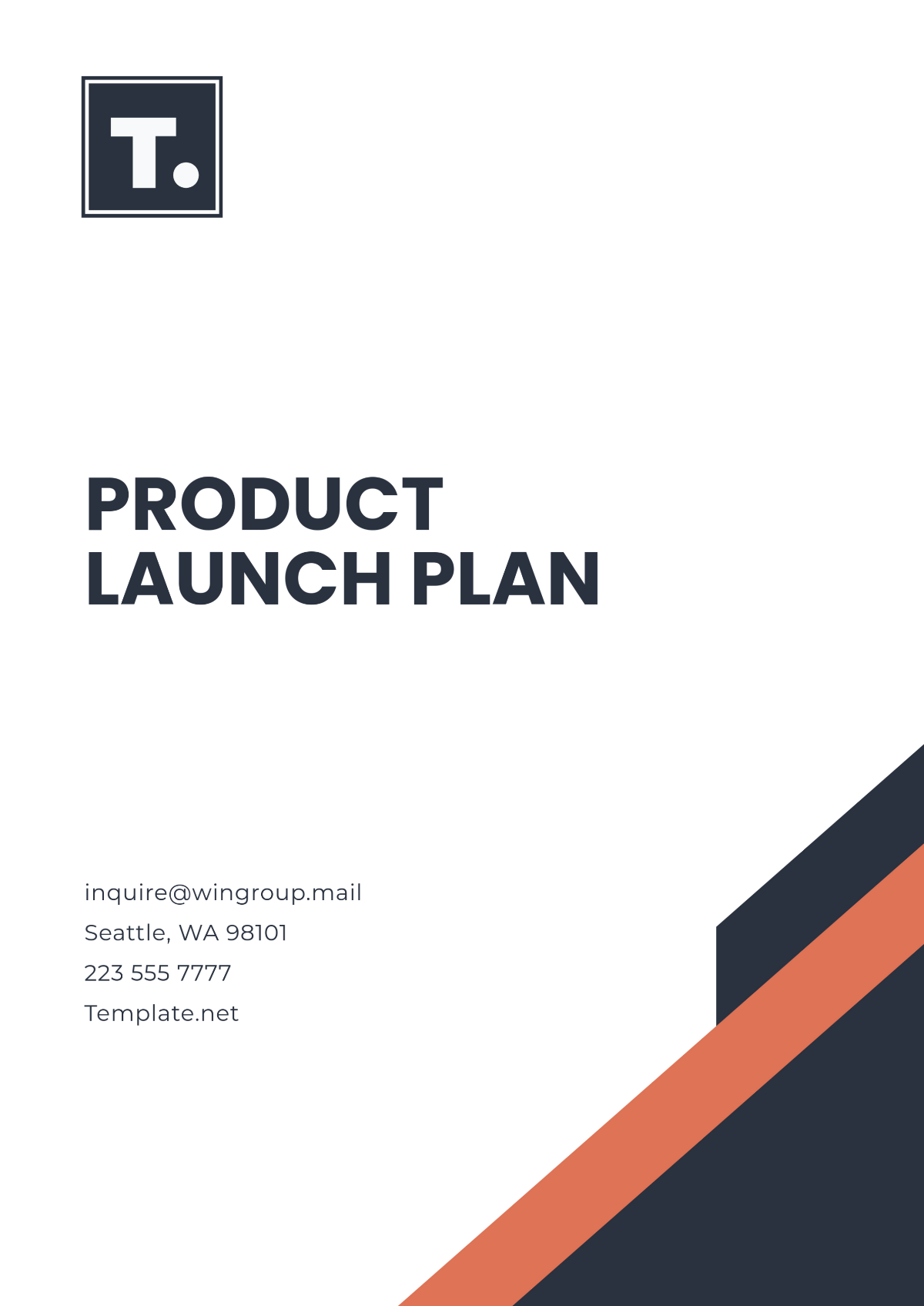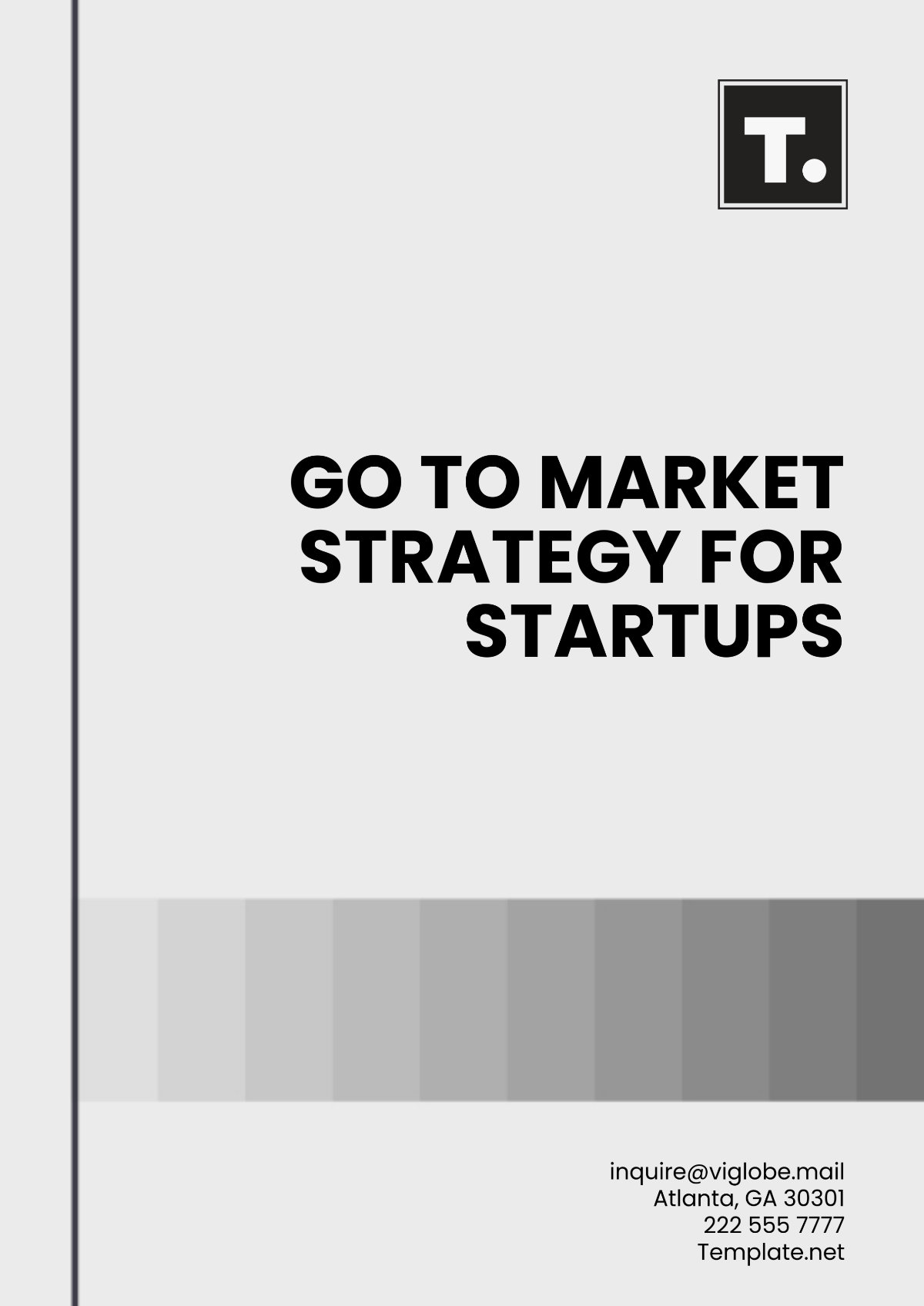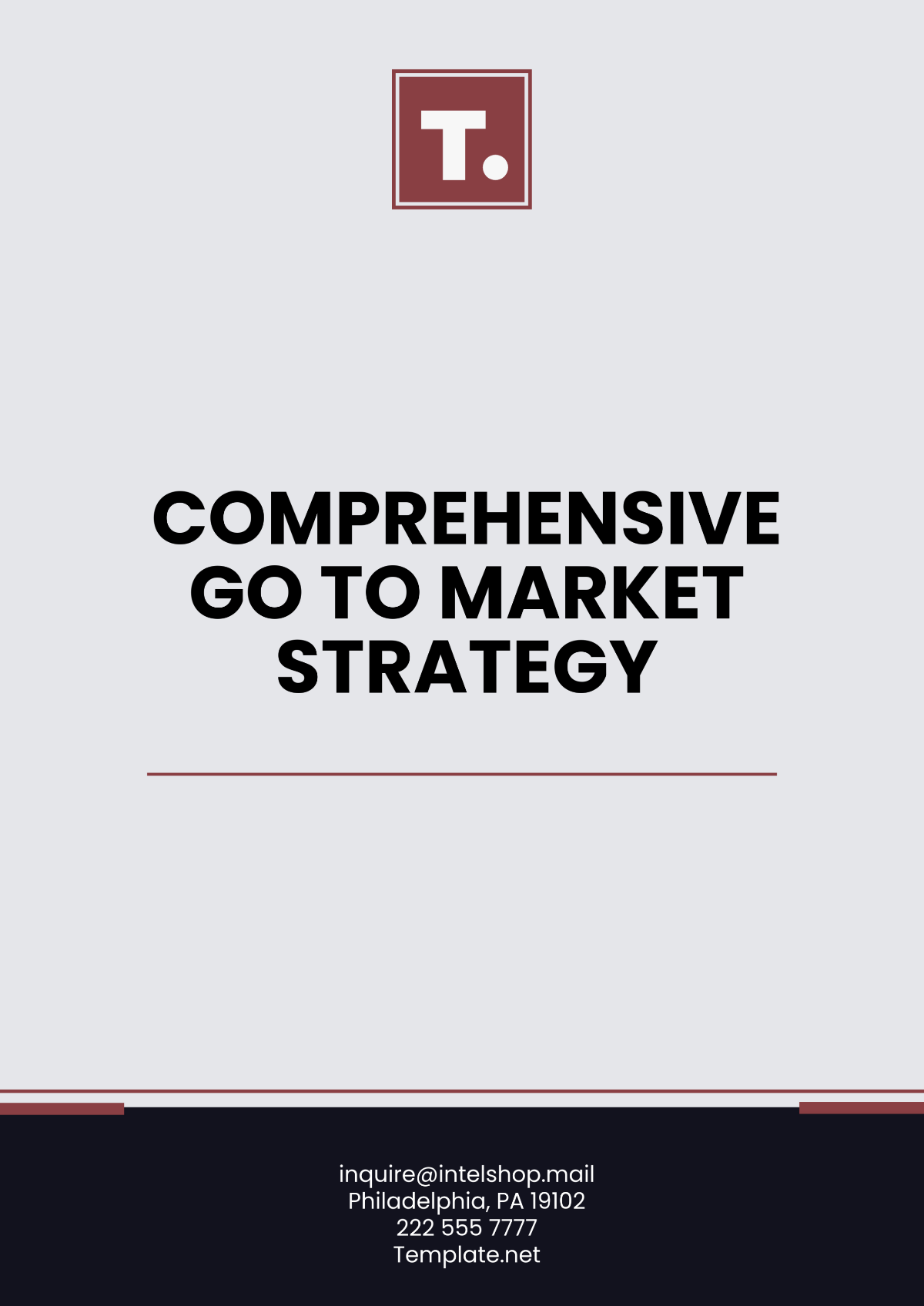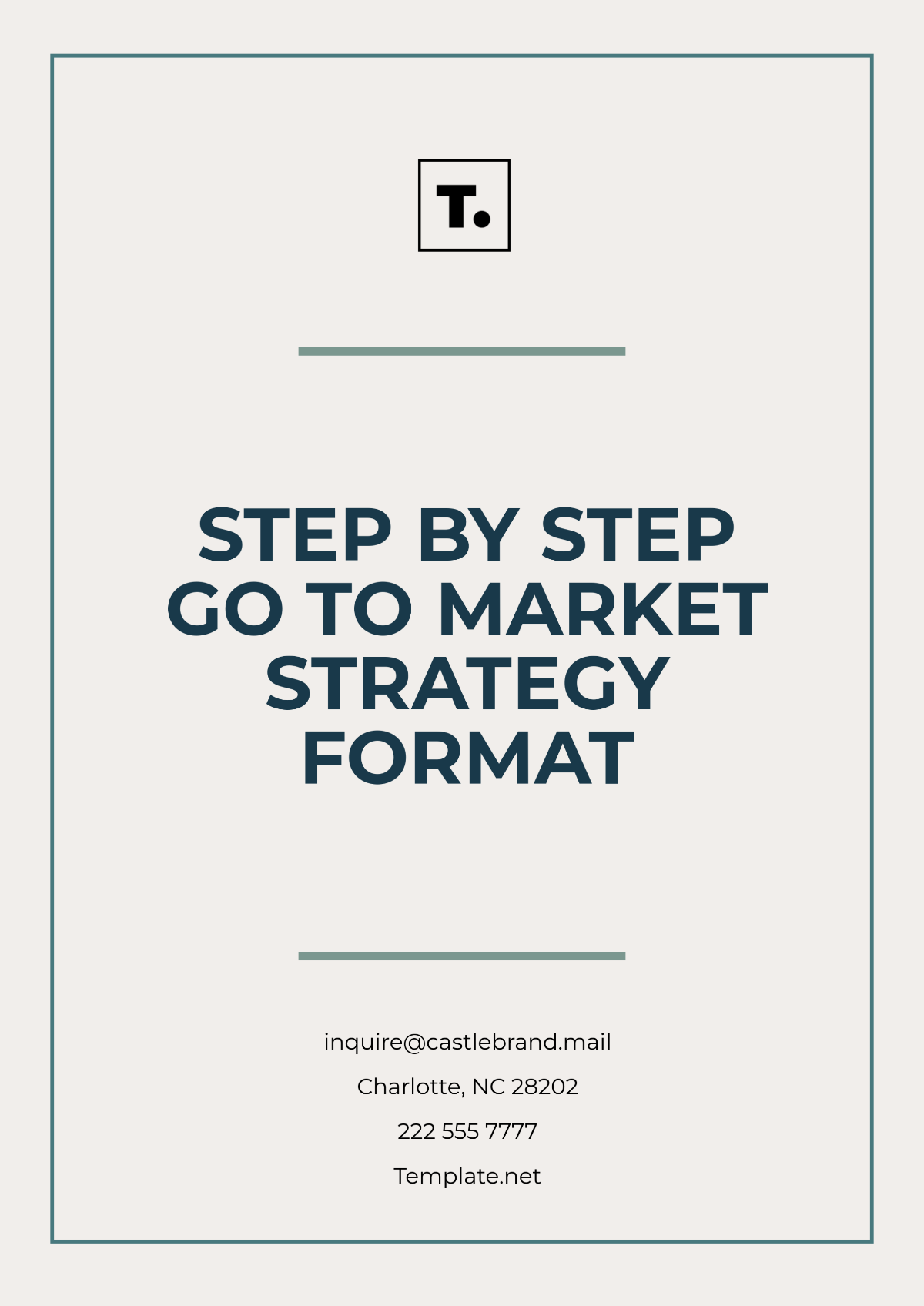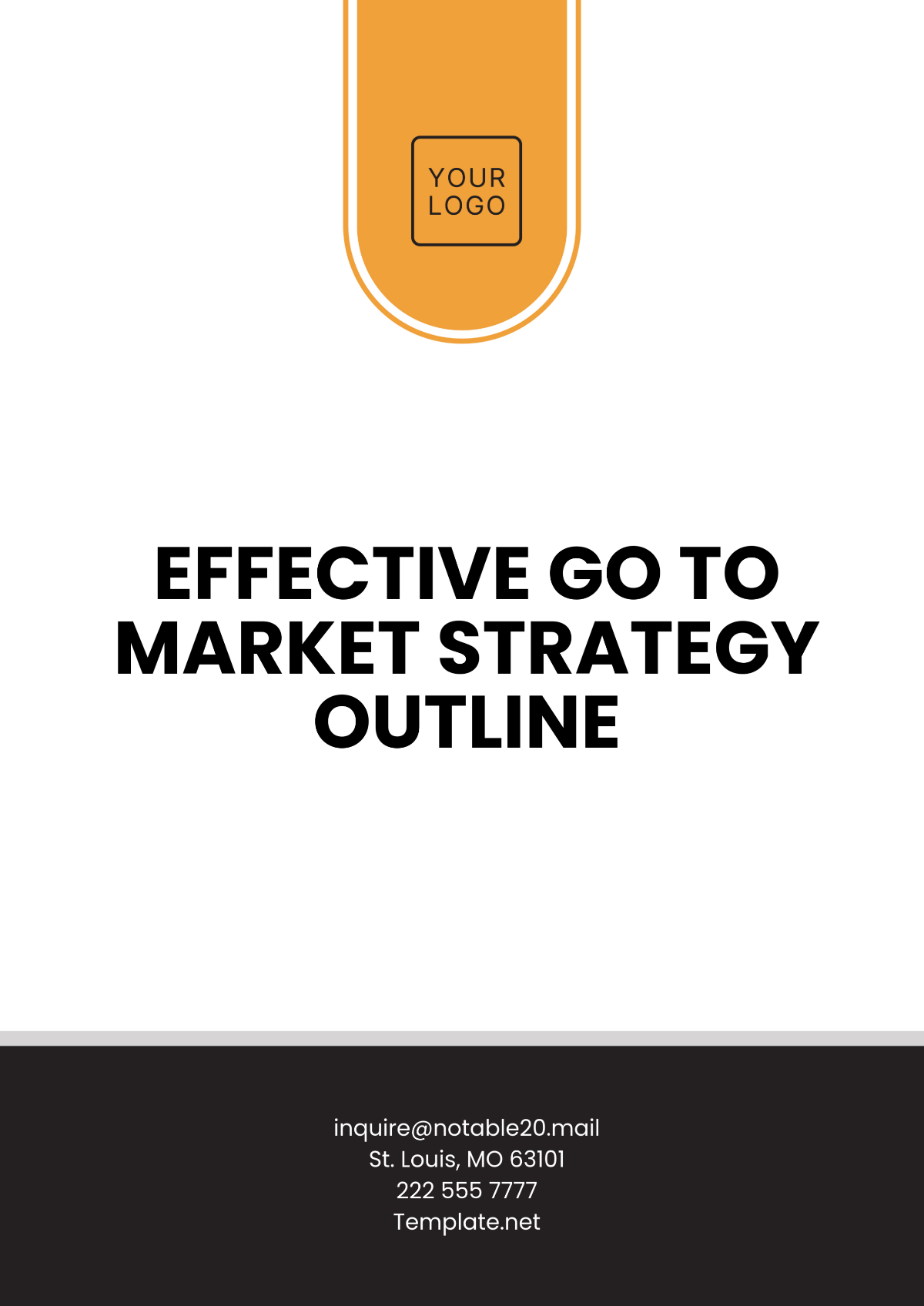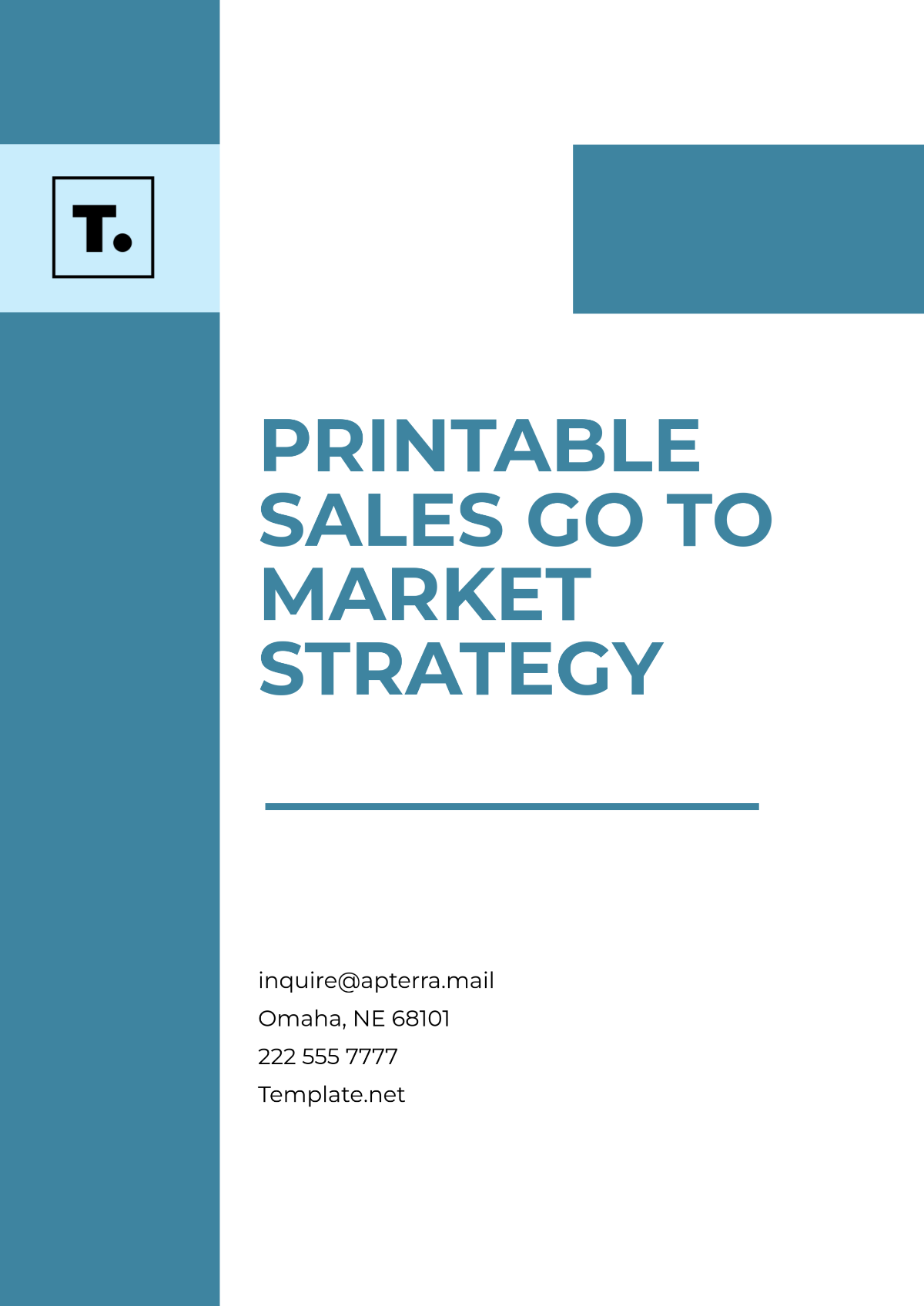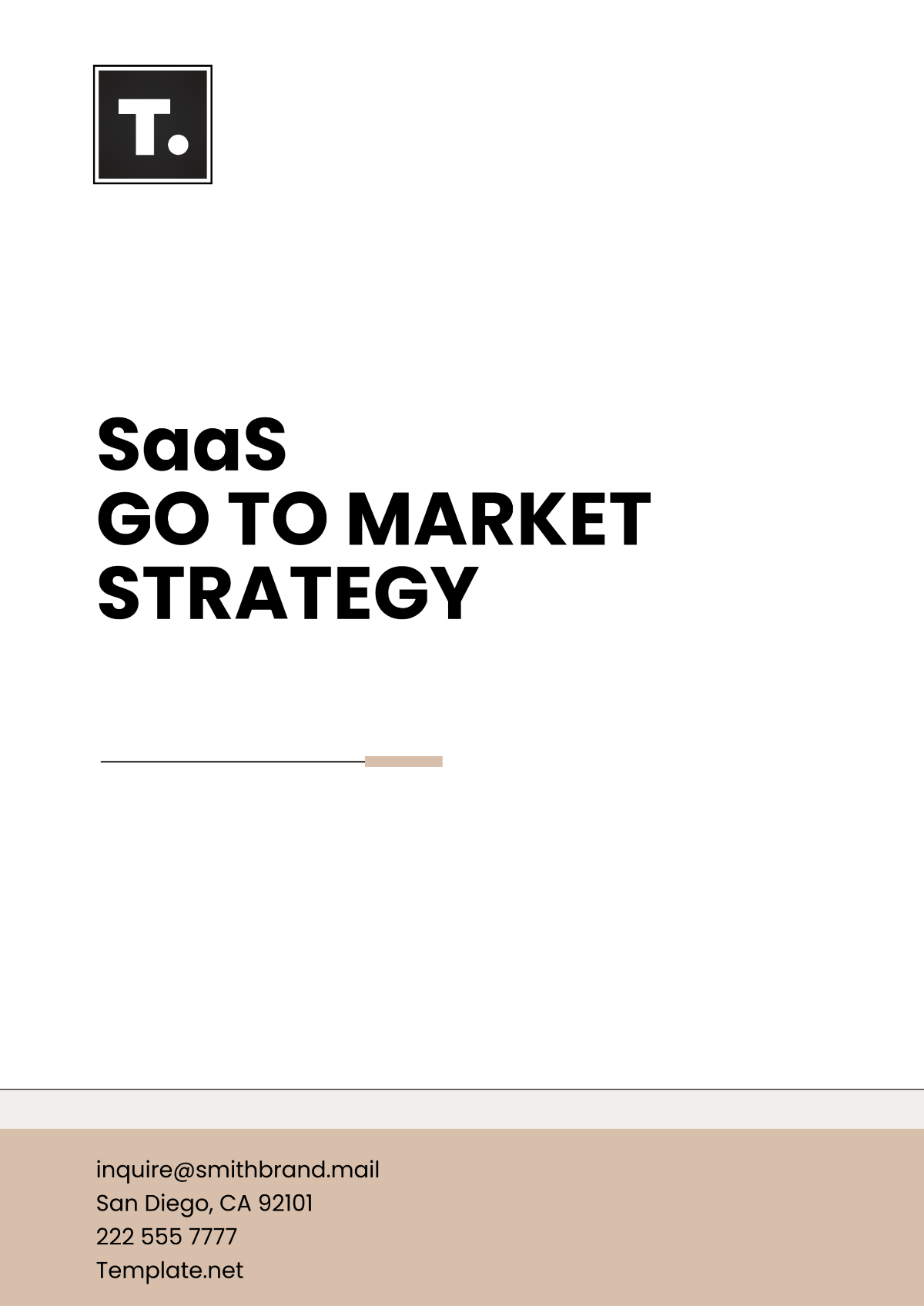Go-to-Market CRM Strategy
I. Executive Summary
The Go-to-Market (GTM) Customer Relationship Management (CRM) Strategy outlines [Your Company Name]'s roadmap for aligning its product offerings with customer needs, optimizing customer engagement, and driving revenue growth. This strategy focuses on customer acquisition, retention, and expansion, leveraging data-driven insights and advanced automation technologies. It is designed for the year 2050 and beyond, recognizing the significant evolution of customer behavior and the competitive landscape.
This document articulates a comprehensive plan that spans multiple channels, integrating artificial intelligence (AI), automation, and personalized customer experiences. The strategy includes a detailed examination of organizational roles, implementation timelines, budgetary allocations, and the necessary technology stack. The overarching goal is to build long-term customer relationships, reduce churn, and drive sustainable profitability, ultimately positioning [Your Company Name] as a market leader in customer satisfaction and loyalty.
II. Strategic Goals and Objectives
A. Goals
Maximize Customer Lifetime Value (CLV)
Achieve a [25%] increase in CLV over the next five years by focusing on personalized customer engagement and lifecycle marketing. This will involve creating tailored marketing strategies that address individual customer needs and preferences, ensuring that every interaction enhances their experience with our brand.
Improve Customer Retention
Reduce customer churn by [15%] through enhancing post-sale engagement, customer support, and loyalty programs. Implementing effective loyalty initiatives and feedback loops will allow us to respond proactively to customer needs, thereby fostering greater loyalty and reducing the likelihood of attrition.
Enhance Lead Conversion Rate
Increase lead-to-customer conversion rates by [20%] through better lead nurturing, segmentation, and targeted marketing. By employing sophisticated analytics, we will identify high-potential leads and tailor our outreach efforts to effectively engage these prospects, ensuring higher conversion success.
Streamline Cross-Selling and Upselling
Boost cross-selling and upselling opportunities by [30%] by aligning product recommendations with customer purchase behavior. Utilizing advanced data analytics, we can identify trends in customer purchases and suggest complementary products that enhance their overall experience.
B. Objectives
Build an Integrated CRM System
Develop a comprehensive CRM platform that integrates marketing, sales, and customer service channels by the end of 2052. This integrated approach will facilitate seamless information flow across departments, improving response times and enhancing overall customer satisfaction.
Optimize Customer Segmentation
Implement advanced customer segmentation using AI-driven analytics to categorize customers based on purchase history, preferences, and engagement levels by 2051. This segmentation will enable us to deliver more personalized marketing messages and enhance customer interaction at every touchpoint.
Adopt AI and Automation for Personalization
Deploy AI-driven personalization features to deliver customized marketing campaigns, product recommendations, and customer support experiences by 2053. By harnessing the power of AI, we can anticipate customer needs and provide relevant information at the right time, creating a more engaging experience.
Improve Multichannel Communication
Ensure seamless multichannel customer communication across email, chatbots, voice assistants, social media, and mobile platforms by 2052. This will involve creating a unified communication strategy that allows customers to interact with us through their preferred channels, enhancing accessibility and responsiveness.
III. Market Analysis
A. Target Market Segmentation
Understanding our market segments is vital to ensuring our CRM strategy aligns with customer expectations. By 2050, [Your Company Name]’s target markets will include
Enterprise Clients
Characteristics: Large corporations with over [500] employees and annual revenues exceeding [$100 million]. These clients require robust solutions tailored to complex organizational needs and regulatory compliance.
Needs: Tailored enterprise solutions with dedicated customer support, personalized service packages, and stringent data security measures to protect sensitive information.
SMBs (Small to Medium-Sized Businesses)
Characteristics: Companies with [50-500] employees and annual revenues between [$5 million-$50 million]. These businesses often seek cost-effective solutions that can scale as they grow.
Needs: Affordable solutions with flexible scaling options, user-friendly automation tools, and seamless onboarding processes to facilitate a smooth transition to new systems.
Individual Consumers
Characteristics: Individuals utilizing [Your Company Name]'s consumer-facing products. This segment is increasingly tech-savvy and expects personalized experiences.
Needs: User-friendly interfaces, mobile-first experiences, quick access to support, and engaging loyalty programs that enhance their connection with the brand.
B. Competitive Landscape
Our competitive analysis reveals several key players in the market:
Competitor 1: Known for its robust AI-driven CRM systems that offer comprehensive solutions tailored to enterprise needs. Their focus on advanced analytics gives them an edge in the enterprise market.
Competitor 2: Specializes in providing SMB solutions with highly flexible CRM platforms that are easy to implement and customize. They often attract smaller businesses with their affordability and customer support.
Competitor 3: A disruptor in the market, offering low-cost, open-source CRM software that has gained significant market share by appealing to budget-conscious organizations looking for basic CRM functionalities.
Given this competitive landscape, [Your Company Name] will leverage differentiation by focusing on personalized experiences, exceptional customer service, and advanced AI integration to create a compelling value proposition.
IV. CRM Technology Stack
A. CRM Software Requirements
To support the strategy, [Your Company Name] will adopt a state-of-the-art CRM platform with the following key features:
AI-Driven Analytics
Utilize machine learning algorithms to analyze customer behavior, predict trends, and make real-time recommendations. This capability will enable us to tailor marketing messages and sales tactics based on insights derived from customer interactions.
Automation Capabilities
Automate routine tasks such as email campaigns, follow-ups, and data entry to free up valuable time for sales and marketing teams. Automation will also reduce human error and ensure consistent communication with customers.
Omnichannel Support
Ensure communication channels like social media, chatbots, voice assistants, email, and phone are fully integrated into a single platform. This integration will provide a holistic view of customer interactions, enhancing the ability to resolve issues quickly and effectively.
Scalability
The CRM platform must be flexible and scalable to accommodate growth, supporting a user base ranging from hundreds to millions. As [Your Company Name] expands, the CRM should easily integrate new features and accommodate increased user demand without sacrificing performance.
B. Integration with Existing Systems
Our CRM system will be integrated with the following existing systems by 2052:
ERP System: For inventory and order management synchronization, allowing real-time tracking of customer orders and stock levels. This integration will improve operational efficiency and ensure customers receive timely updates.
Marketing Automation Platform: To enable smooth data sharing between CRM and marketing tools, facilitating coordinated campaigns and more effective tracking of customer interactions.
Customer Service Tools: For a unified view of customer interactions across all departments, ensuring that support teams have complete visibility into customer histories and preferences.
AI and Business Intelligence Platforms: For real-time analytics and customer insights, empowering teams with the data needed to make informed decisions and improve customer experiences.
C. Data Security and Compliance
As part of the CRM strategy, robust security measures will be implemented to safeguard customer data:
Data Encryption: All customer data will be encrypted at rest and in transit, ensuring that sensitive information is protected from unauthorized access and potential breaches.
Compliance with Global Regulations: The CRM system will comply with global data privacy laws, such as GDPR and CCPA, as well as local laws. This compliance will be critical in maintaining customer trust and avoiding regulatory penalties.
Access Controls: Role-based access control will be enforced to ensure only authorized personnel have access to sensitive data. Regular audits of access permissions will help maintain compliance and protect against data breaches.
V. CRM Implementation Roadmap
A. Implementation Timeline
Below is the high-level implementation roadmap for the CRM strategy from 2050 to 2055:
Phase | Timeline | Key Deliverables |
|---|---|---|
Phase 1: Planning | Q1-Q2 2050 | Identify CRM needs, select software, set budget |
Phase 2: Development | Q3 2050 - Q1 2051 | Begin CRM customization, integrations, and testing |
Phase 3: Deployment | Q2 2051 - Q3 2051 | Full-scale CRM deployment across all departments |
Phase 4: Optimization | Q4 2051 - Q1 2052 | Monitor performance, fine-tune processes |
Phase 5: Scaling | Q2 2052 onwards | Scale system for additional users and markets |
B. Resource Allocation
Internal Resources
CRM Team: A cross-functional team, including members from IT, sales, marketing, and customer service, will lead the initiative. Each department will contribute their expertise to ensure a successful implementation.
Budget: Allocate [$5 million] for CRM software, integration, and staff training over five years. This budget will cover not only software acquisition but also ongoing training and support for staff.
External Resources
Consultants: Engage external CRM consultants to assist with system architecture, integration, and compliance. Their expertise will help navigate challenges and ensure that the CRM implementation aligns with best practices.
Vendors: CRM software vendors will provide ongoing support and updates to ensure the system remains current and effective as technology evolves.
VI. Sales and Marketing Alignment
A. Coordinated Strategy
A key aspect of our CRM strategy will be the alignment of sales and marketing efforts, ensuring both departments work towards common objectives.
Shared Goals
Establish shared performance metrics such as lead generation targets, conversion rates, and revenue growth goals. Both departments will be incentivized to achieve these metrics collaboratively, fostering a culture of teamwork and accountability.
Integrated Campaigns
Develop integrated marketing campaigns that support sales initiatives, ensuring that marketing materials are aligned with sales goals and customer messaging. This will enhance the effectiveness of both teams in reaching and engaging potential customers.
Regular Meetings
Schedule monthly cross-departmental meetings to discuss performance metrics, customer feedback, and ongoing initiatives. These meetings will facilitate communication and enable both teams to adjust strategies based on real-time data.
B. Lead Management Process
Lead Qualification
Implement a lead scoring system to prioritize leads based on engagement level and fit with ideal customer profiles. This scoring will ensure that sales teams focus their efforts on the most promising prospects, maximizing conversion potential.
Nurturing Campaigns
Create automated nurturing campaigns for leads that require additional engagement. Tailored content will be delivered based on their interests, guiding them through the buyer’s journey until they are ready to make a purchase.
Feedback Loops
Establish feedback loops between sales and marketing to refine messaging and strategies based on lead interactions and feedback. Regular reviews of lead quality and conversion rates will inform ongoing adjustments to tactics.
VII. Customer Support and Experience
A. Customer Support Strategy
24/7 Support Availability
Provide round-the-clock customer support through various channels, including chatbots, phone, and email. This ensures that customers receive assistance whenever they need it, fostering a positive customer experience.
Proactive Support
Implement proactive support measures by monitoring customer interactions and reaching out to offer assistance before issues escalate. By anticipating customer needs, we can enhance satisfaction and reduce churn.
Support Training
Continuously train support staff on the latest product features and customer service techniques to ensure they are well-equipped to assist customers effectively. Regular training sessions will empower our team to deliver exceptional support.
B. Customer Experience Enhancement
Personalized Experiences
Leverage customer data to deliver personalized experiences at every touchpoint. Tailored product recommendations, targeted promotions, and relevant content will enhance engagement and satisfaction.
Customer Feedback Mechanisms
Implement feedback mechanisms, such as surveys and focus groups, to gather customer insights and opinions. This information will be critical for identifying areas for improvement and ensuring that we meet customer expectations.
Loyalty Programs
Develop a customer loyalty program that rewards repeat purchases and referrals. By incentivizing loyalty, we can strengthen relationships and increase customer lifetime value.
VIII. Performance Measurement and Reporting
A. Key Performance Indicators (KPIs)
To effectively evaluate the success of the CRM strategy, we will monitor several key performance indicators:
Customer Satisfaction Score (CSAT)
Track CSAT scores through surveys and feedback mechanisms, with a target of achieving a [90%] satisfaction rate by 2053. High satisfaction scores will correlate with increased customer loyalty and referrals.
Net Promoter Score (NPS)
Measure NPS to assess customer loyalty and likelihood to recommend [Your Company Name] to others. Aiming for an NPS of [50] or higher will indicate strong brand advocacy among customers.
Customer Retention Rate
Calculate the percentage of existing customers retained over time, with a goal of reducing churn by [15%] over the next three years. Higher retention rates will directly contribute to improved profitability.
Lead Conversion Rate
Measure the rate at which leads convert to paying customers, with a target increase of [20%] by 2053. Enhanced conversion rates will indicate the effectiveness of our marketing and sales strategies.
First Response Time
Track the time it takes customer service to respond to a customer inquiry, aiming to reduce this time to under [5] minutes by 2051. Quick response times will improve customer satisfaction and loyalty.
B. Performance Review Cycles
Quarterly Reviews
Evaluate CRM performance metrics quarterly to identify gaps and opportunities for improvement. These reviews will enable us to make data-driven adjustments to our strategies and tactics.
Annual Audits
Conduct a comprehensive annual audit to assess the overall effectiveness of the CRM system, focusing on ROI and customer satisfaction levels. This audit will provide insights into the system’s performance and inform future investments.
Continuous Improvement Initiatives
Foster a culture of continuous improvement by encouraging teams to propose and implement enhancements based on performance data. This proactive approach will ensure that our CRM strategy evolves in response to changing market conditions and customer needs.
IX. Budget and Financial Projections
A. Estimated Budget Breakdown (2050-2055)
The budget for implementing the CRM strategy is outlined below:
Category | Cost [$] |
|---|---|
CRM Software License | [2 million] |
Integration Costs | [1 million] |
Staff Training | [500,000] |
Marketing Automation | [700,000] |
Customer Support Tools | [800,000] |
Total | [5 million] |
This budget will cover initial costs as well as ongoing expenses necessary for maintaining and optimizing the CRM system. Investment in staff training is particularly crucial to ensure that our teams can effectively leverage the new tools and processes.
B. Projected ROI
By 2055, the CRM strategy is expected to generate a [30%] return on investment, driven by higher customer retention, increased sales conversions, and improved operational efficiency. This return will stem from:
Increased Customer Lifetime Value: Higher retention rates will result in customers making more purchases over their lifetimes.
Cost Savings: Automation and improved processes will reduce operational costs associated with customer management.
Enhanced Sales Performance: A more streamlined and efficient sales process will lead to faster conversions and increased revenue.


